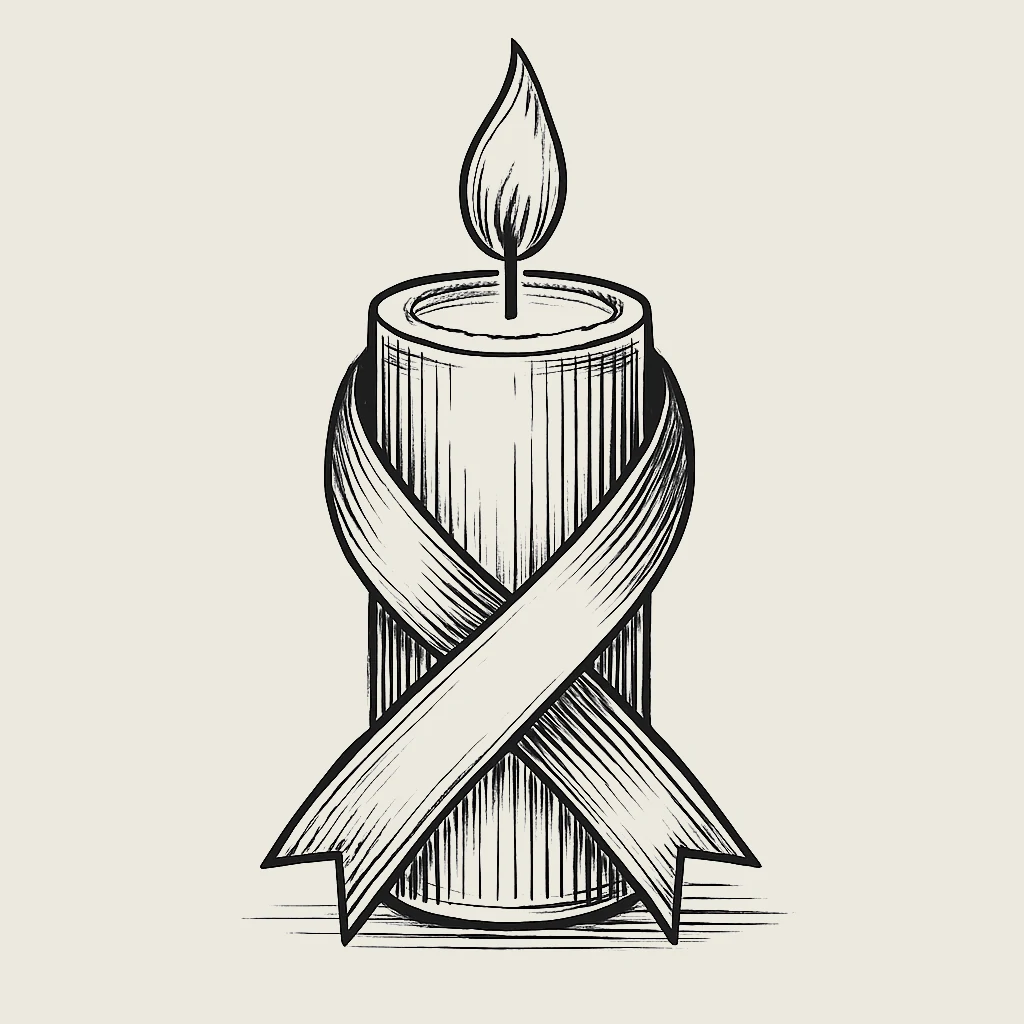How Suicide Victims Are Buried — Burial and Commemoration Features
What is a Funeral Service and Why the Topic of Suicide Remains Sensitive
The funeral rite in Orthodoxy has deep spiritual significance. A funeral service is a prayerful farewell to the deceased, meant to ease the journey of their soul. However, the question of how suicide victims are buried continues to cause much debate. Suicide is rejected by the Church, as it is considered a serious violation of God's will. It is important for relatives to know what actions are permissible and which are strictly forbidden. A wrong approach can not only fail to help the soul of the deceased but may also lead to spiritual consequences for the living.
Church's View on Suicide
Traditionally, the Church views voluntary departure from life as one of the gravest sins. Suicide is seen as a rejection of faith, hope, and trust in God's providence. Historically, such individuals were not only denied a funeral service but were also buried outside of consecrated land. Based on theological canons, the Church believes that a suicide victim cannot repent for their actions, meaning they do not receive forgiveness for their deed. Despite the strictness of this position, exceptions are sometimes made in certain cases.
Is It Possible to Hold a Funeral Service for a Suicide Victim?
A funeral service for such deceased individuals can be performed in the Church only under specific conditions. If there is documented proof of mental illness, the bishop may grant permission for the rite. This possibility arises only with a certificate from a specialized medical institution. Without the blessing of the ecclesiastical authorities, the priest is not authorized to conduct the church service for the deceased. It is important to remember that a funeral service is not an automatic ticket to paradise, but a way to pray for the soul when it is allowed.
Risks and Consequences of Deception
Sometimes, relatives try to conceal the true cause of death or illegally obtain documents to conduct the rite. However, such actions are considered sinful and ineffective. The Church emphasizes that a funeral service performed through deception does not benefit the soul of the deceased. Moreover, the relatives take on spiritual responsibility for this action. Why is it important to follow the Church's rules? Violations can lead to serious consequences not only in the spiritual life but also in the emotional state of the loved ones.
An Alternative to Church Funeral Services
If a funeral service cannot be performed, it is recommended to organize a civil ceremony. Such a farewell allows for respect for the memory of the individual without violating the canons. During the ceremony, words of support can be spoken, kind deeds of the deceased can be remembered, and private prayers can be said. Sometimes, clergy perform a special rite of comfort for the relatives, but it does not replace the traditional service. Holding a dignified farewell ceremony is an important step toward accepting the loss.
Home Prayers and Help for the Soul
Although suicide victims are not commemorated in the Church, relatives are allowed to pray at home. Fasting, charity, and helping the needy are recommended. Prayers should be said alone or with a few others, with spiritual preparation beforehand. Private prayer is one way to sincerely ask the Lord for forgiveness of the sins of the loved one.
When and How to Commemorate Suicide Victims
According to the canons, commemoration in the church on the 3rd, 9th, and 40th days, as well as on Parent Saturdays, is not permissible. However, on these dates, home readings of the Psalter and personal prayers are allowed. On Radonitsa or Easter, no requiem service is performed for suicide victims. In some cases, there is a folk tradition of lighting candles without mentioning the name. Commemoration can only occur at home or through good deeds. Traditional memorial services are not held, but a quiet family dinner with prayers and memories of the individual may be arranged.
How Suicide Victims Are Buried: Ritual Features
Today, suicide victims are buried in common cemeteries, but with certain restrictions. No funeral service is performed, no cross is placed, and no church covering or wreath is used. The body is dressed in ordinary clothes without religious symbols. Kissing the deceased, performing traditional mourning rituals, and ordering a panikhida are prohibited. It is allowed to place bread, poppy seeds, Easter cake, and blessed plants in the coffin. These restrictions emphasize the special status of a suicide victim according to the canons.
Gravestones and Symbolism on the Grave
A monument can be placed on the grave, but without the shape of a cross. Christian symbols can be engraved, but no biblical quotes or references to the cause of death. The epitaph should be restrained, expressing sorrow and love, not condemnation. The grave site is usually chosen away from church buildings. Historically, such graves were located outside the cemetery fence, but today they are found in common sections if a medical certificate about the mental state of the deceased is provided.
Almsgiving as a Form of Commemoration
One way to spiritually support the soul is through almsgiving. It is important to do this without mentioning the deceased's name to avoid violating the canons. Helping the poor, donating to shelters, and caring for animals are permissible. Relatives are encouraged to perform good deeds aimed at the salvation of the sins not only of the deceased but also of their own. Charity helps to restore inner peace and a sense of connection with the deceased through love and compassion.
Conclusion
The Church's attitude toward suicide remains strict but understandable: it is a grave sin that disrupts the Creator's plan. Nevertheless, even in such a situation, loved ones can show respect and care without violating the canons. Home prayers, charity, and civil rites all allow one to preserve human dignity and inner peace. It is important to remember that even without a funeral service and traditional church burial, the deceased can be honored with dignity. The most valuable thing is sincerity, love, and prayerful participation.
Read also:




